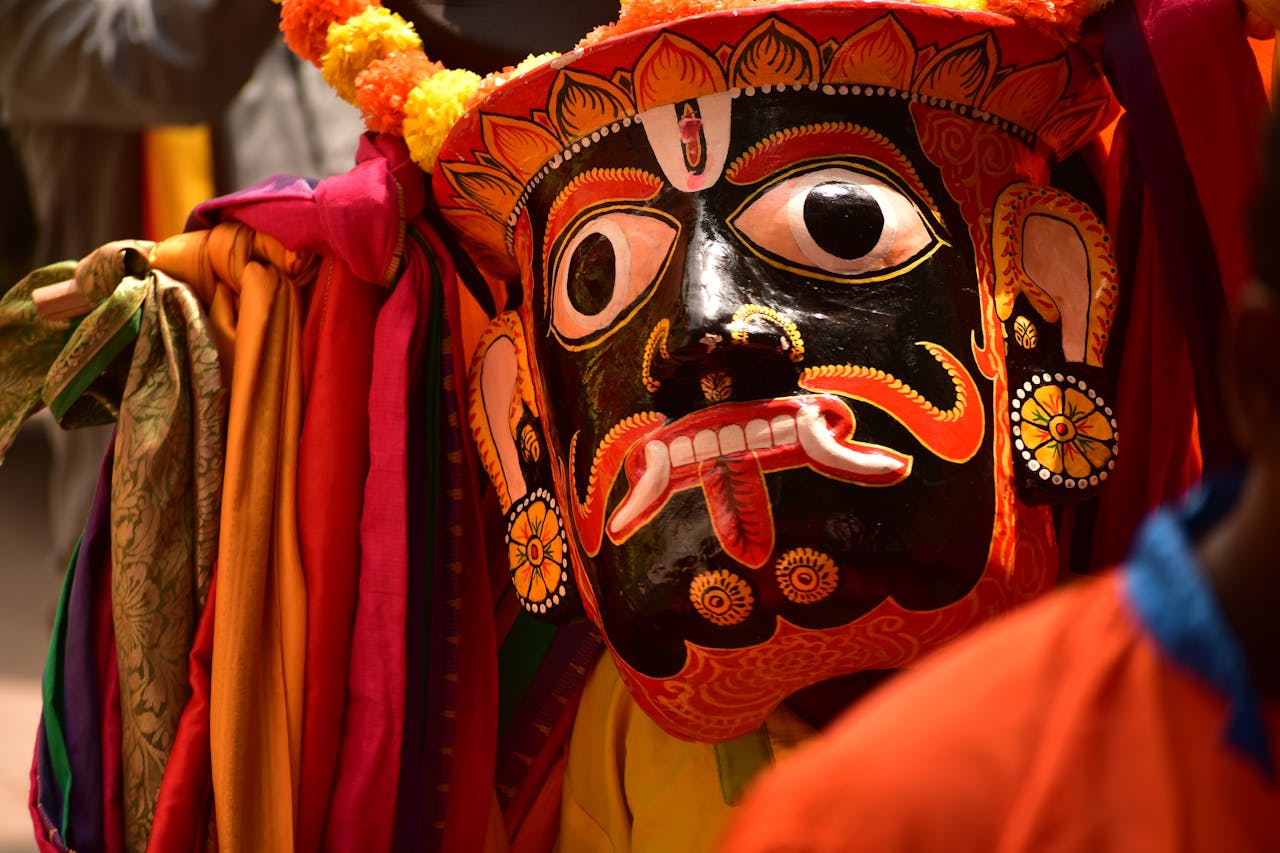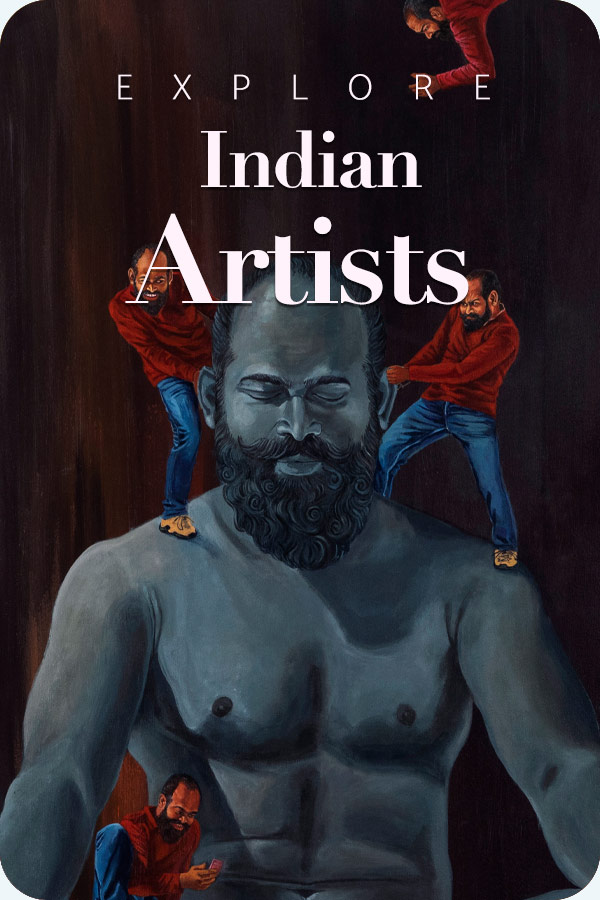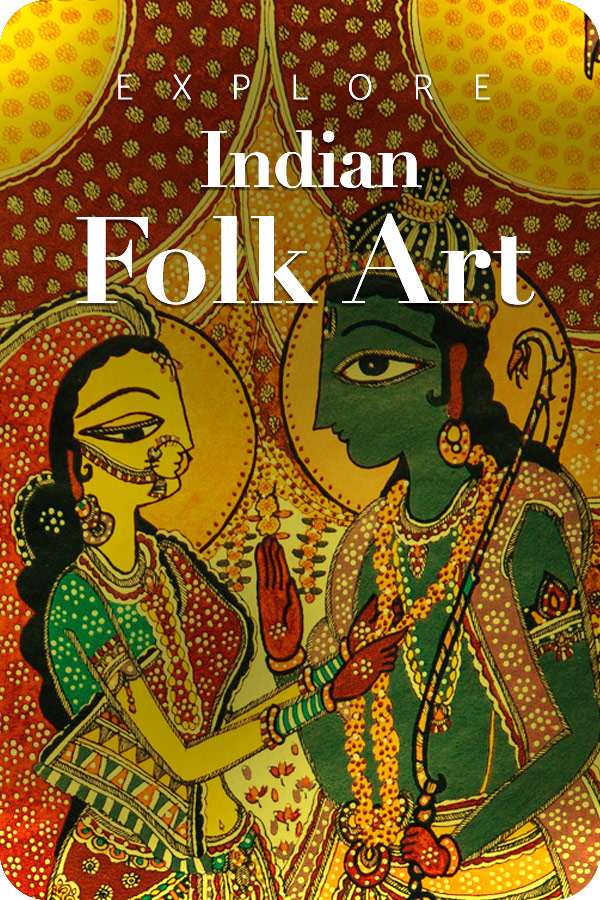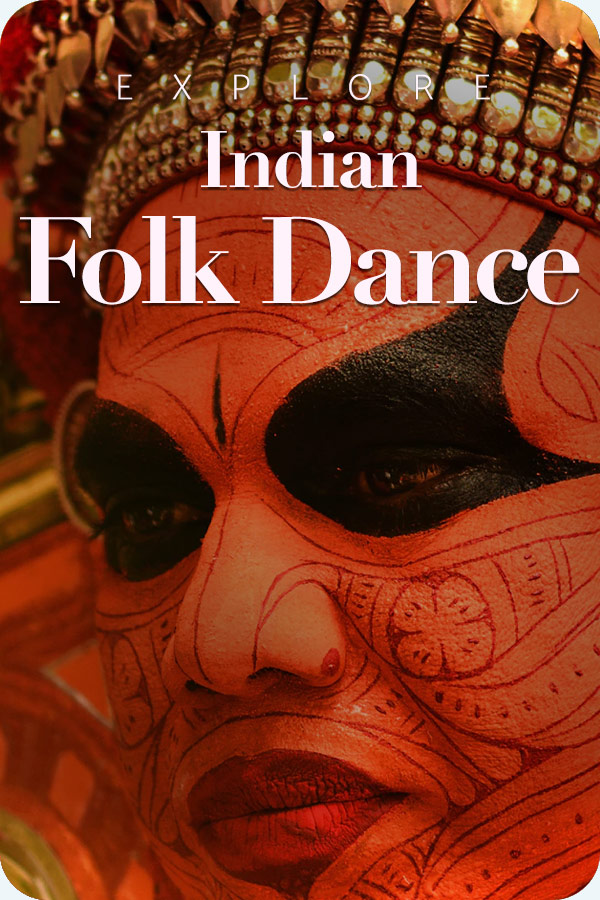
Art, culture and tradition are not just concepts which are celebrated in India but rather things which are commonplace in the nation. Whether it is the rhythmic beats of the classical dance in temples or the folk songs in villages, culture permeates everywhere. However as a result of modernization and changing lifestyles, a lot of this cultural element is in danger of being forgotten. This is where the National Mission on Cultural Mapping (NMCM) plays a transformative role. It is an initiative aimed at preserving, promoting, and uniting the vast cultural diversity of India.
What is the Cultural Mission?
Initiated by the Ministry of Culture, Government of India, the National Mission on Cultural Mapping is a mega project that is meant to create a database of artists, art forms, and assets of cultural profile in the country. The mission will cover all aspects of the Indian creative landscape. These are starting with the famous musical performers of the classical nature down to the local craftsmen and folk artists who have preserved the centuries old traditions.
The mission is not an easy task but an important one as it is to identify, record and maintain the cultural ecosystem at the local level and thus perpetuate it throughout the contemporary epoch.
| S.No. | Total no. of Projects related to Development of existing Museums | Completed Projects | Ongoing Projects |
|---|---|---|---|
| 1 | 25 | 10 | 15 |
The Reasons Behind Cultural Mapping?
Culture is just as vital as the museums and monuments, that of India. But such living traditions are poorly documented in most of the cases and they go unrecognized most of the time particularly in the rural or tribal settings. Most artists are also talented but they never get a place or a platform and some art forms like the traditional forms are on the verge of disappearing. Thus, cultural mapping helps in the following cases:
- Cultural mapping helps in uncovering underlying challenges within an organization.
- Preserve forms of art that are not being practiced much
- Value artists and creatives working out there in the field
- Government policies can be directed to the appropriate communities
- Enhance local art forms on the local national and international platforms
The identification of these artists, their practices, and their place of residence provide reflection on a cultural inventory which is used in making effective plans and promotions.
Using Digital Approach?
The digital approach is one of the innovative features of NMCM. This is one of the measures to build a national portal, where the artists can register and demonstrate their talent. This not only gives them visibility but can also bind them to opportunities whether in the form of government grants, festivals or training.
The government hopes to achieve this through the mission by establishing a national cultural database which has the prospect of creating a National Cultural Workforce. This is a new concept where artists are regarded as a vital pillar of the nation’s economic and social development.
Building Talent Hunt and Cultural Centers
As a part of the mission, the government has even suggested creating Cultural Hubs within different districts where artists will have a chance to perform, educate and cooperate. These hubs are set to bridge the urban-rural urban-rural gap in access to culture resources.
Additionally, talent hunt programs at the block and district levels will be conducted to identify and nurture hidden talents across the country. This represents a democratization of cultural appreciation, encouraging younger generations to embrace traditional arts with a sense of pride.
The number of organizations supported including folk groups who have received financial support since COVID-19:
| Year | Particulars | Financial Assistance for Promotion of Guru Shishya Parampara (Repertory Grant) (%) | Financial Assistance to Cultural Organizations with National Presence (including R.K. Mission) (%) |
|---|---|---|---|
| 2020-21 | Number of Beneficiaries | 530 | 6 |
| Amount (Rs. In Cr.) | 34.8 | 9.03 | |
| 2021-22 | Number of Beneficiaries | 573 | 6 |
| Amount (Rs. In Cr.) | 42.48 | 7.58 | |
| 2022-23 | Number of Beneficiaries | 1213 | 15 |
| Amount (Rs. In Cr.) | 86.22 | 11.6 | |
| 2023-24 | Number of Beneficiaries | 1505 | 24 |
| Amount (Rs. In Cr.) | 77.95 | 12.58 | |
| 2024-25 | Number of Beneficiaries | 1418 | 28 |
| Amount (Rs. In Cr.) | 84.03 | 11.82 |
Conclusion
The Culture Mapping policy is far more than just a bureaucratic initiative. It is a vivid expression of India’s cultural essence, embodied powerfully through the National Mission on Cultural Mapping. The mission brings hope to thousands of unsung artists and disappearing traditions by recognizing their cultural diversity, valuing them, and popularizing the same. It sees a future in which there are no more undiscovered artists, and there is no more cultural treasure to be forgotten. Such a mission is not only overdue in a country as culturally rich as India, in fact, it is needed.







